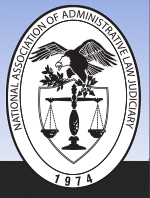Abstract
The first rule of communication is to know your audience. The “audience” at hearings in New York City (NYC) tribunals is mostly comprised of self-represented respondents with Limited English Proficiency. In order to provide full access to the hearing process, NYC tribunals must know and understand the needs of this audience of respondents. The challenge is not only to keep this audience engaged, but also to ensure that it can navigate and fully participate in the hearing process. Tribunals must communicate in a way that protects the respondents' rights and affords them an opportunity to be heard. NYC tribunals, especially those that are high volume operations, are on the cutting-edge of access to justice for self-represented litigants and those with Limited English Proficiency. From creating a department within the Mayor's Office that coordinates access to justice efforts at the tribunals, to the Mayor's Executive Order to ensure language access to NYC services, NYC has focused on the needs of those who cannot easily navigate the system alone. NYC created “Best Practices Guidelines” for working with self-represented litigants; increased the accessibility of simple, clear information about the tribunals; and used technology to make the administrative tribunals more user-friendly for all respondents. The following is an overview of NYC tribunals and their efforts to increase access to justice.
Recommended Citation
Sherry M. Cohen and Joanna Weiss,
Know Your Audience: How NYC Tribunals Have Addressed Self-Represented Litigants and Increased Access to Justice,
29 J. Nat’l Ass’n Admin. L. Judiciary
Iss. 2
(2009)
Available at:
https://digitalcommons.pepperdine.edu/naalj/vol29/iss2/3

